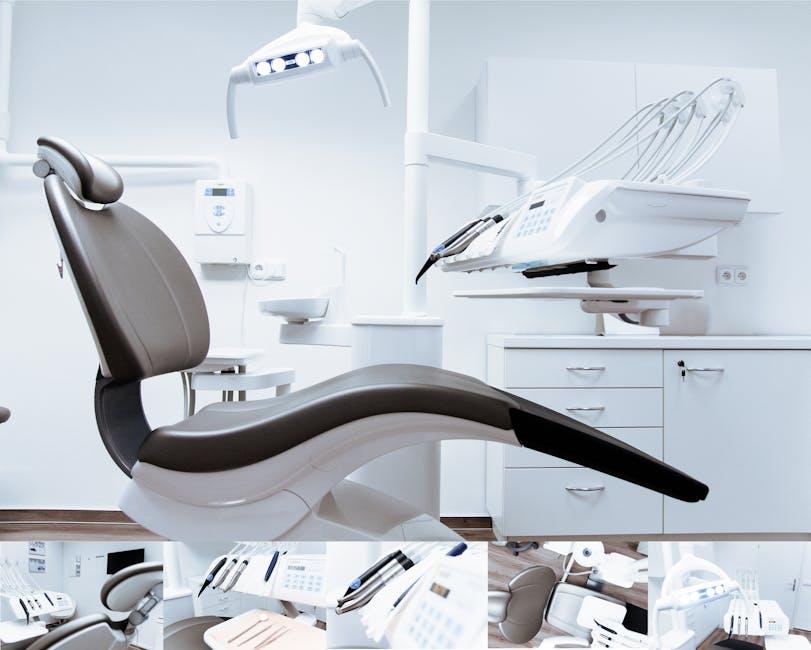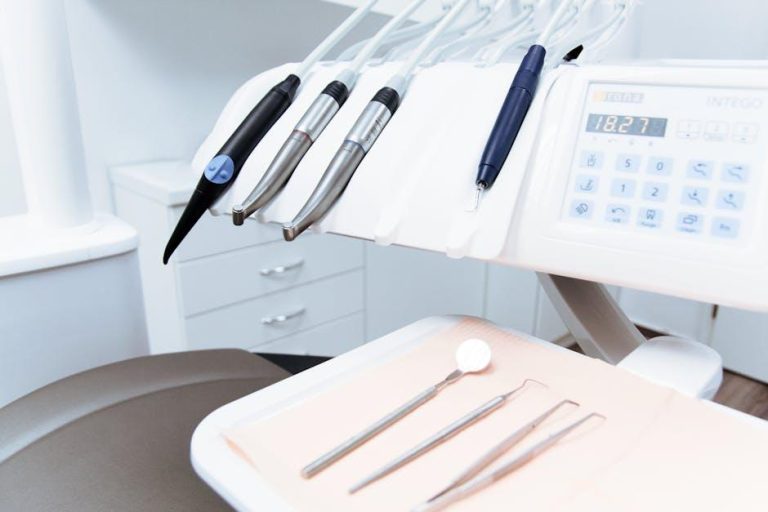
Beyond the Inbox: How to Cut Through Digital Fatigue and Make Your Dental Messages Feel Human
In today’s fast-paced digital world, dental professionals face a unique challenge: how to effectively communicate with patients amid overwhelming email and message overload. Digital fatigue has set in for many, causing your crucial dental messages to get overlooked or ignored. So, how do you create communications that break free from inbox clutter and foster genuine human connections?
In this article, we’ll explore the phenomenon of digital fatigue, why it affects dental practices, and share proven strategies to make your dental messaging not only effective but empathetic and personal. Read on to transform your patient engagement and give your digital marketing a fresh, human-centered approach.
Understanding Digital Fatigue in Dentistry
Digital fatigue refers to the exhaustion users feel from constant digital communication—emails, texts, social media notifications—that bombard inboxes and mobile devices daily. For dental patients, this overwhelming digital environment can create barriers to meaningful engagement with your practice.
- Overcrowded inboxes cause important appointment reminders, treatment follow-ups, or promotional offers to blend into the noise.
- Impersonal messages feel robotic and detach patients emotionally, reducing the likelihood of scheduling visits or responding.
- Increased email unsubscribe rates can hurt your patient retention and referral growth goals.
By recognizing these challenges, dental teams can rethink communication strategies that prioritize quality and relatability over quantity and automation.
Why Making Dental Messages Feel Human Matters
Patients remember how communication made them feel more than the content itself. Crafting messages that feel personal and genuine will:
- Build trust: When patients sense you understand their unique concerns and needs, trust strengthens your doctor-patient relationship.
- Boost engagement: Humanized messages inspire more opens, clicks, and responses compared to cold, templated emails.
- Support loyalty: Patients who feel personally cared for are likelier to stay loyal, attend regular visits, and refer friends.
- Reduce no-shows: Personalized appointment reminders with a warm tone can significantly decrease missed appointments.
Practical Tips to Cut Through Digital Fatigue in Your Dental Messaging
Here are actionable strategies and best practices to make your dental communication more human, effective, and fatigue-resistant:
1. Segment Your Audience
Send targeted messages based on patient demographics, treatment history, or appointment needs. Customized messaging feels more relevant and less “spammy.”
2. Use Conversational Language
Write emails and messages as if you’re speaking directly to the patient. Avoid jargon, clichés, or overly formal tone. Use you instead of patients to build a personal connection.
3. Add Personalization Tokens
Include the patient’s name, last appointment date, or specific treatment information to increase relevance and warmth.
4. Incorporate Storytelling and Empathy
Share short patient success stories or dentist insights to humanize your practice. Address common patient fears or questions with genuine empathy.
5. Use Multi-Channel Communication
Don’t rely solely on email. Combine personalized SMS, phone calls, and even social media DMs to reach patients where they feel most comfortable.
6. Optimize Send Times and Frequency
Test and analyze the best times to send messages to maximize open rates. Avoid bombarding patients with too many communications.
7. Include Clear, Friendly CTAs
Make your call-to-actions inviting and easy to act on—such as “Schedule your smile checkup today” rather than generic “Click here.”
Case Study: How a Local Dental Clinic Improved Engagement by Humanizing Emails
SmileBright Dental, a mid-sized practice in Ohio, revamped their patient email campaigns by applying a human-centered approach, resulting in measurable success.
| Challenge | Solution | Results |
|---|---|---|
| Low email open rates (~18%) and high unsubscribe rates | Implemented segmented lists and personalized storytelling emails | Open rates increased to 42%, unsubscribe rate dropped by 60% |
| Frequent no-shows for hygiene appointments | Sent empathetic, personalized SMS reminders with options to reschedule easily | No-show rate reduced by 25%, appointment confirmations increased |
| Generic promotional emails received little engagement | Added genuine patient testimonials and conversational tone | Clicks on promotional offers grew by 35%, leading to higher treatment bookings |
Benefits of Humanized Dental Communications
When dental practices adopt empathetic, personalized communication, they unlock multiple benefits:
- Enhanced patient satisfaction: Patients feel valued and understood.
- Stronger word-of-mouth referrals: Satisfied patients share their positive experiences.
- Improved practice revenue: Increased appointment bookings and treatment acceptance.
- Reduced patient attrition: Consistent, human communication nurtures loyalty.
First-Hand Experience: Listening and Adapting in Real-Time
Dr. Megan Lee, a dentist and marketing advocate, shares her insights:
“When we switched from automated “blast” emails to warm, patient-centered messages, the difference was night and day. We listened to patient feedback and realized they craved connection—not just reminders. By adjusting our tone and delivery, our patients responded warmly, and we saw fewer cancellations and more enthusiastic engagement.”
Conclusion: Move Beyond Automation and Inbox Overload
Cutting through digital fatigue in the dental industry requires more than flashy graphics or constant messaging—it demands a genuine, human touch. By focusing on empathy, personalization, and strategic communication, dental practices can build lasting relationships that extend beyond the inbox.
As digital communication continues to evolve, embracing the human element will set your dental practice apart and foster meaningful patient connections that drive success. Remember: behind every email or message is a person seeking care, reassurance, and respect. Make your dental messages resonate with humanity and empathy to truly transform your patient engagement today.


